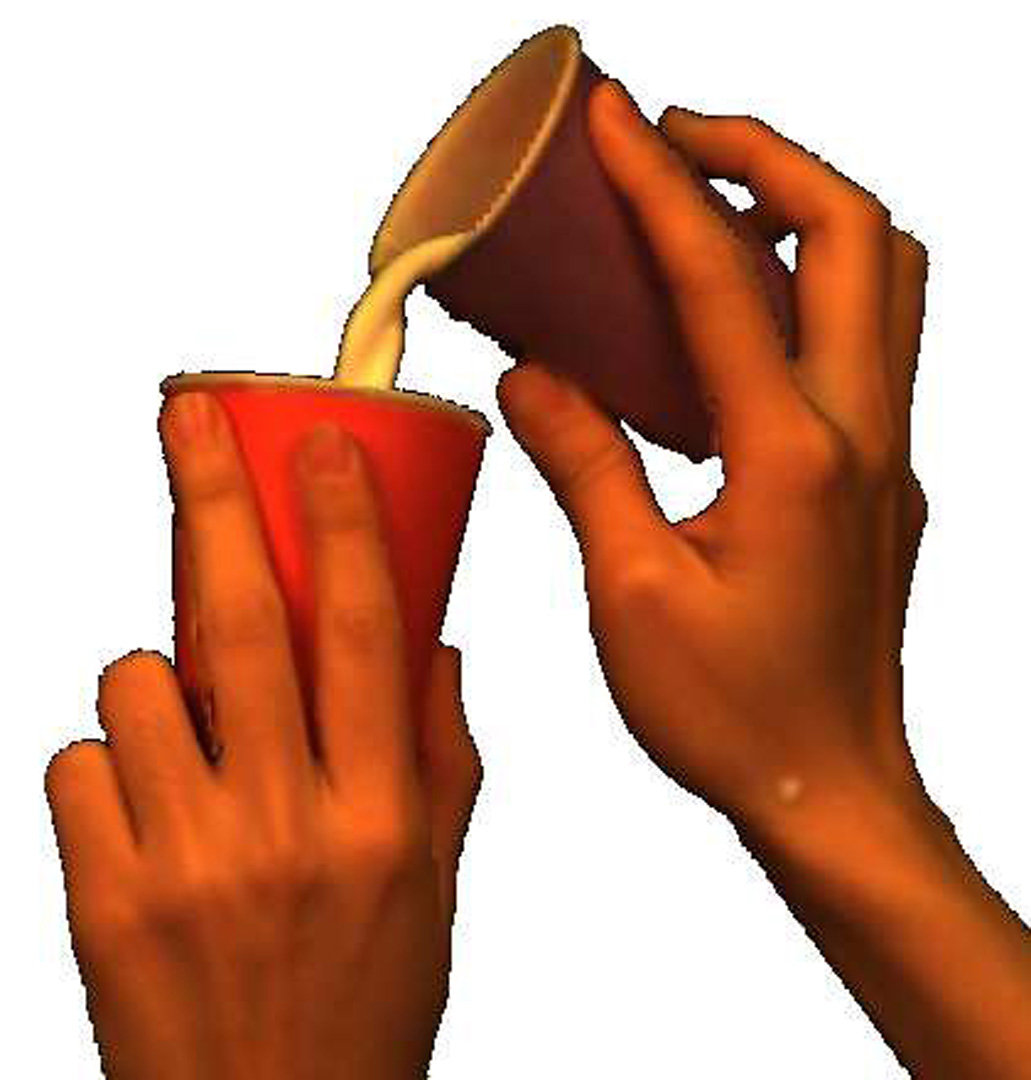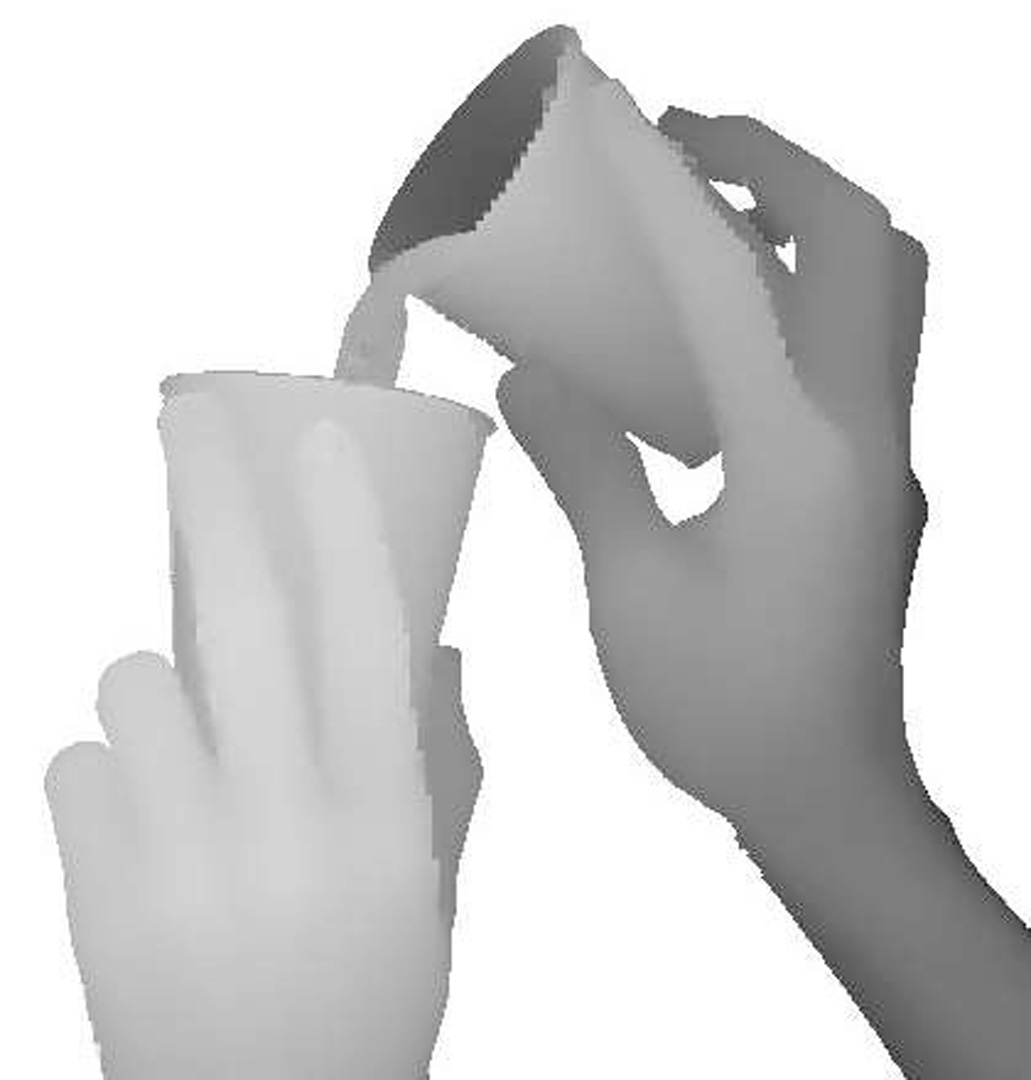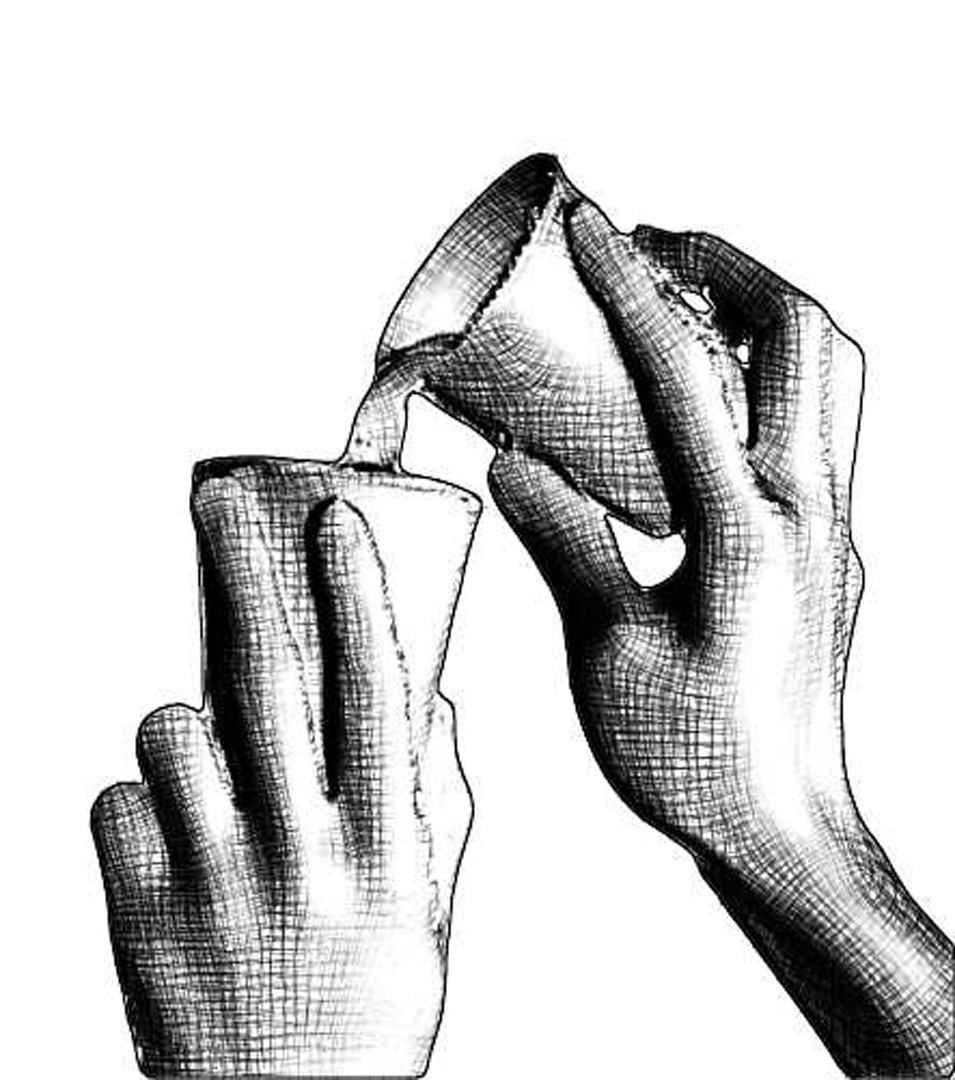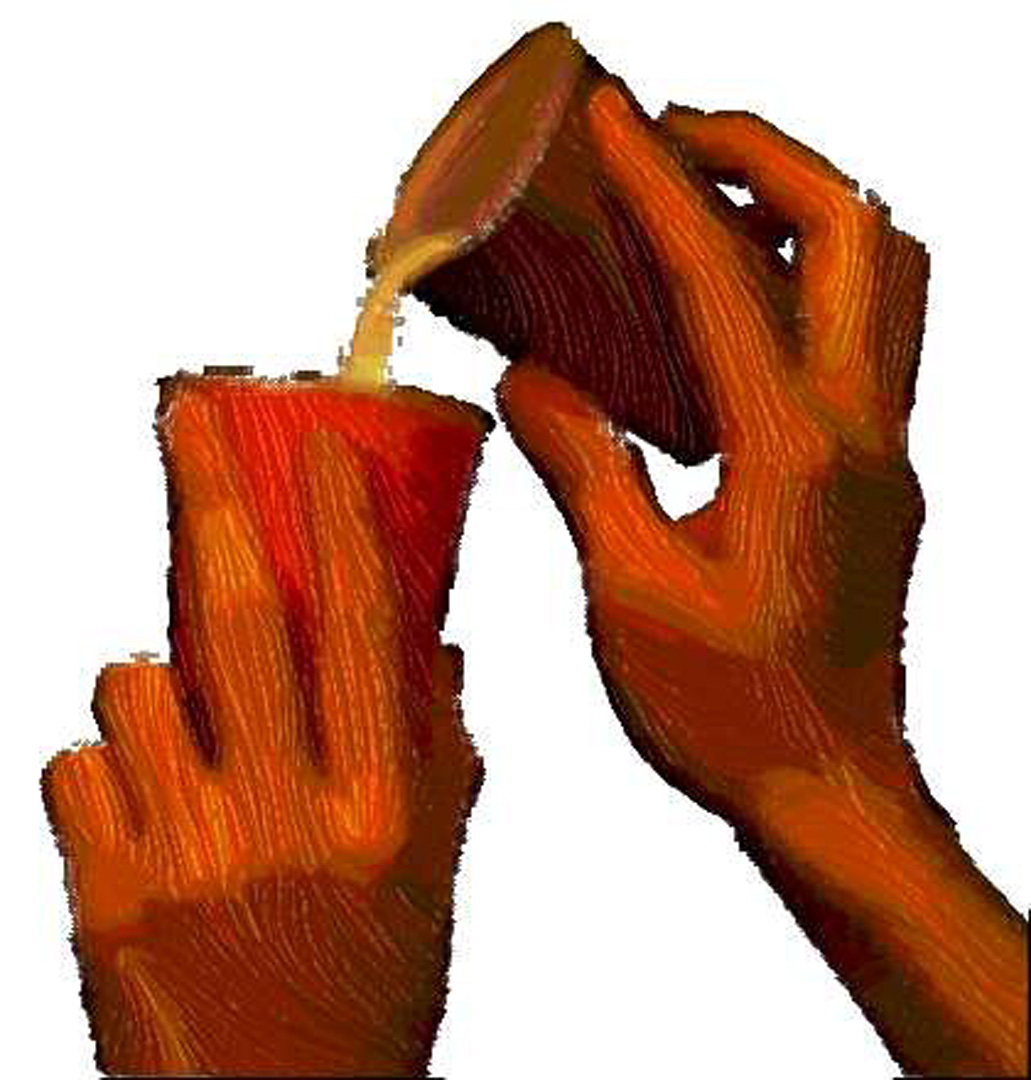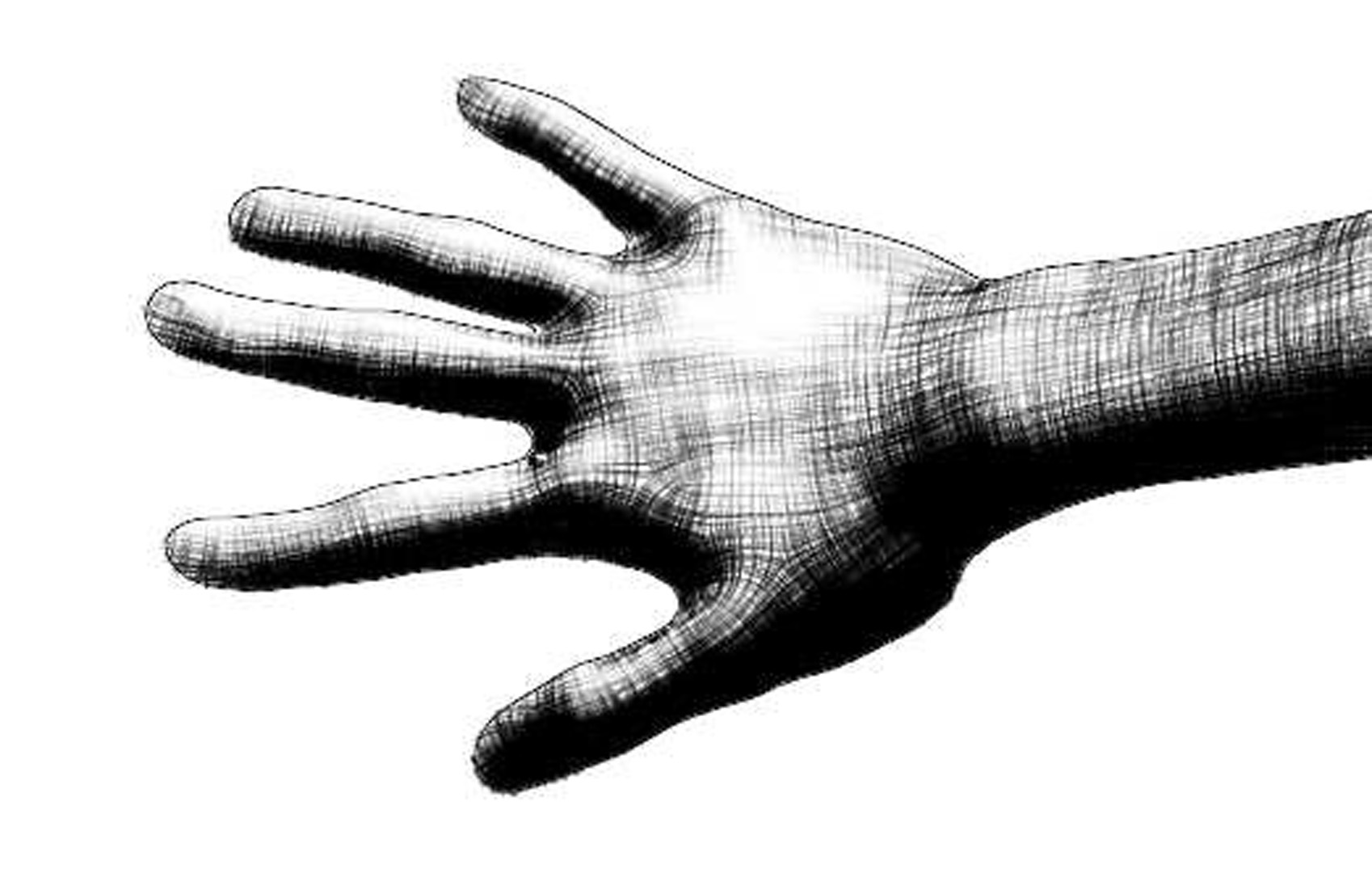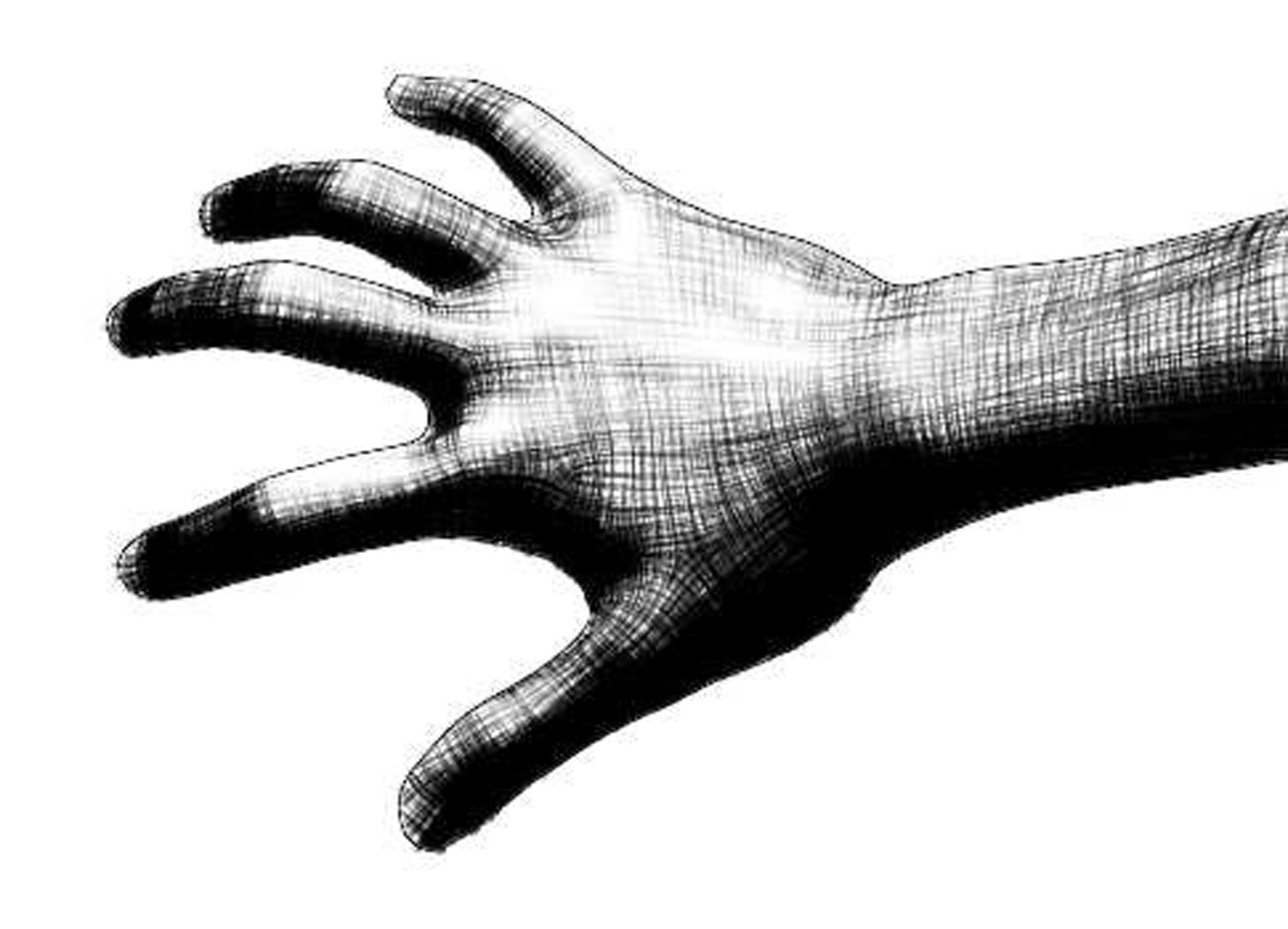“Stylizing 2.5-D Video” by Snavely, Zitnick, Kang and Cohen
Conference:
Type:
Title:
- Stylizing 2.5-D Video
Presenter(s)/Author(s):
Abstract:
We present a system for taking video with depth information (2.5- D video) and producing temporally coherent non-photorealistic animations in different styles. The benefit of using 2.5-D video as input is that we can take advantage of shape information to produce a broader range of styles than with 2D input. Complex objects can also be captured with much less time and effort than manually modeling and animating the same objects in 3D. The challenge of using 2.5-D video to produce coherent stylized animations is that captured objects are not segmented, may have noisy or missing depths, and lack correspondence across time. Within our work, we process the video to address these problems, and use the result to create non-photorealistic renderings from 2.5-D video.
References:
Hertzmann, A., and zorin, D. 2000. Illustrating smooth surfaces. In SIGGRAPH Conference Proceedings, 517–526.]]
Hertzmann, A. 1998. Painterly rendering with curved brush strokes of multiple sizes. Computer Graphics 32, Annual Conference Series, 453–460.]]
Zhang, L., Snavely, N., Curless, B., and Seitz, S. M. 2004. Spacetime faces: High-resolution capture for modeling and animation. In SIGGRAPH Conference Proceedings, 548–558.]]

